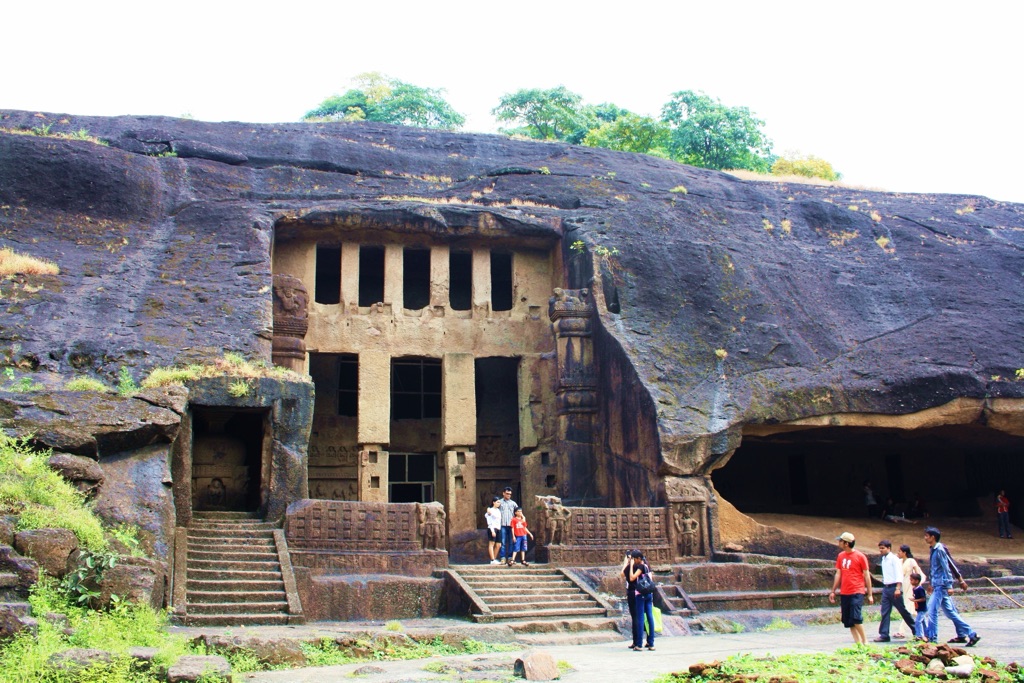The Kanheri Caves, nestled in the outskirts of Mumbai, India, stand as a remarkable testament to ancient Indian art and architecture. These rock-cut monuments, numbering over a hundred, date back to the 1st century BCE and extend up to the 10th century CE. They offer a glimpse into the life and times of the Buddhist monks who lived and meditated there. The caves are renowned for their intricate carvings, inscriptions, and the ingenious use of the basalt rock formation they are carved into.
Get your dose of History via Email
Historical Background of Kanheri Caves
The Kanheri Caves were discovered in the 19th century, capturing the attention of archaeologists and historians. They were built by Buddhist monks and served as a monastic center on the ancient trade route. The caves became a significant Buddhist settlement over the centuries. They were not only a place of worship but also a center for education, where monks would study and teach.
The construction of the caves began around the 1st century BCE, as indicated by the inscriptions and architectural style. The work continued for several centuries, reflecting the evolution of Buddhist art and culture. The caves were chiseled by hand, using simple tools, and the builders took advantage of the natural basalt rock formation.
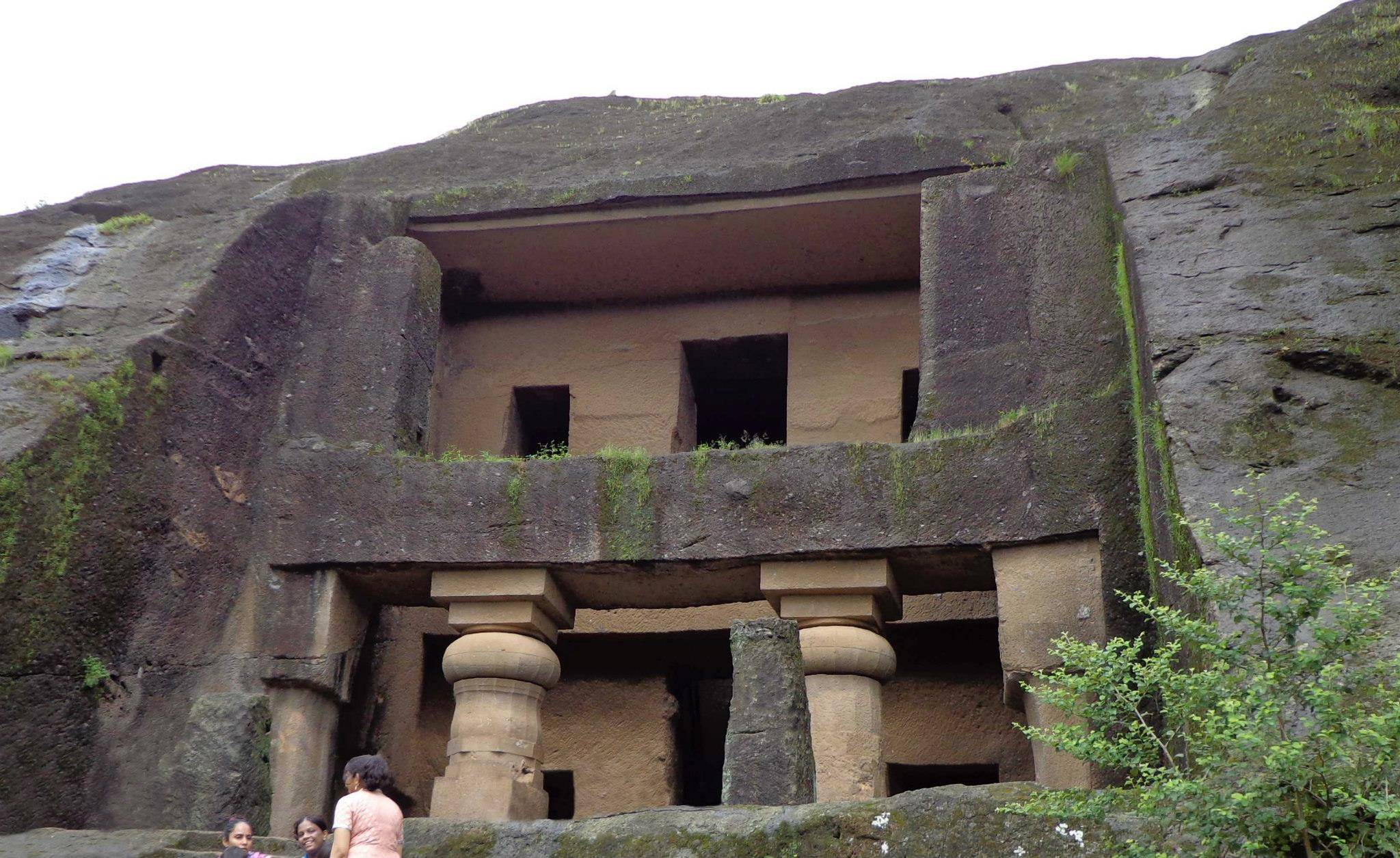
Over time, the Kanheri Caves saw various inhabitants, including monks during the monsoon retreats. The caves provided a serene environment for meditation and study. They also hosted travelers and traders passing through the region. The site was an important Buddhist learning center until the 11th century, after which it gradually fell into disuse.
Historically, the Kanheri Caves have witnessed significant events, including the transition between Hinayana and Mahayana Buddhism. The inscriptions and art within the caves provide valuable insights into the lives of the monks, their patrons, and the socio-economic conditions of the time.
The caves were a hub of activity, with a complex system of water channels and cisterns that provided a sustainable water supply. This ingenuity highlights the advanced understanding of architecture and engineering possessed by the creators of the Kanheri Caves.
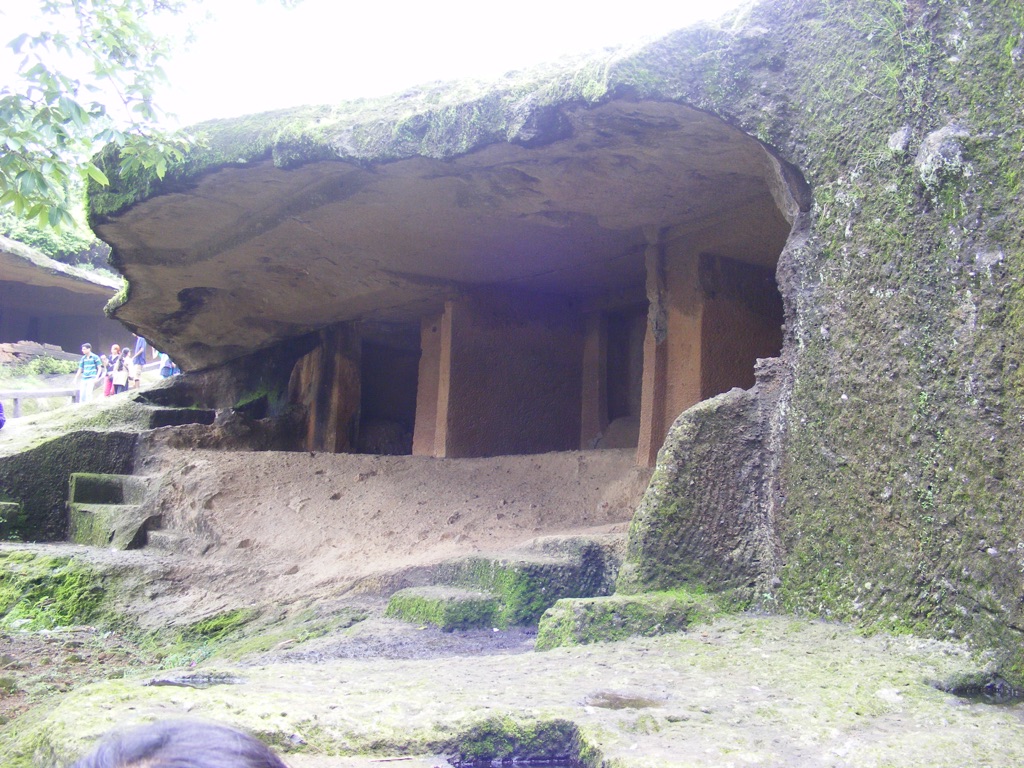
About Kanheri Caves
The Kanheri Caves are a network of rock-cut Buddhist caves located in the Sanjay Gandhi National Park. They are carved out of a massive basalt outcrop, demonstrating the skill and craftsmanship of ancient Indian artisans. The caves vary in size and complexity, ranging from simple chambers to elaborate congregational halls.
The most prominent architectural features include large stupas, intricately carved pillars, and rock-cut benches. The caves also contain viharas, or monastic cells, where monks lived and meditated. The chaityas, or prayer halls, are adorned with Buddhist symbols and figures, showcasing the religious significance of the site.
The construction techniques of the Kanheri Caves involved chiseling the rock from top to bottom. This method minimized the risk of collapse and allowed for the creation of large, unsupported spans. The builders used the natural rock features to their advantage, incorporating them into the design.
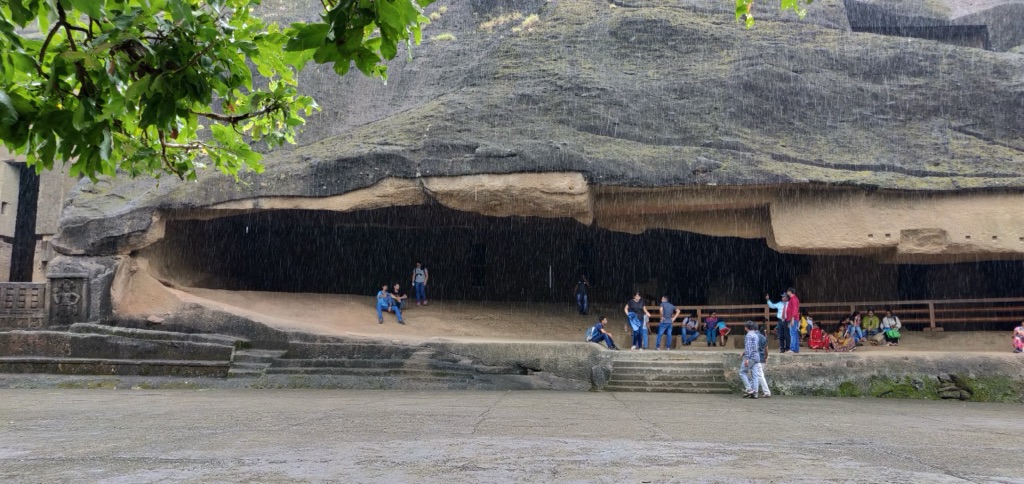
The carvings and relief sculptures within the caves depict various Buddhist legends and deities. The walls are also inscribed with numerous Brahmi and Devanagari scripts, which provide valuable historical records. The use of natural light through strategically placed openings adds to the spiritual ambiance of the caves.
The Kanheri Caves are a testament to the architectural prowess of ancient India. They represent a harmonious blend of practicality and spirituality, with their water systems, living quarters, and religious sanctuaries all carved from the same rock.
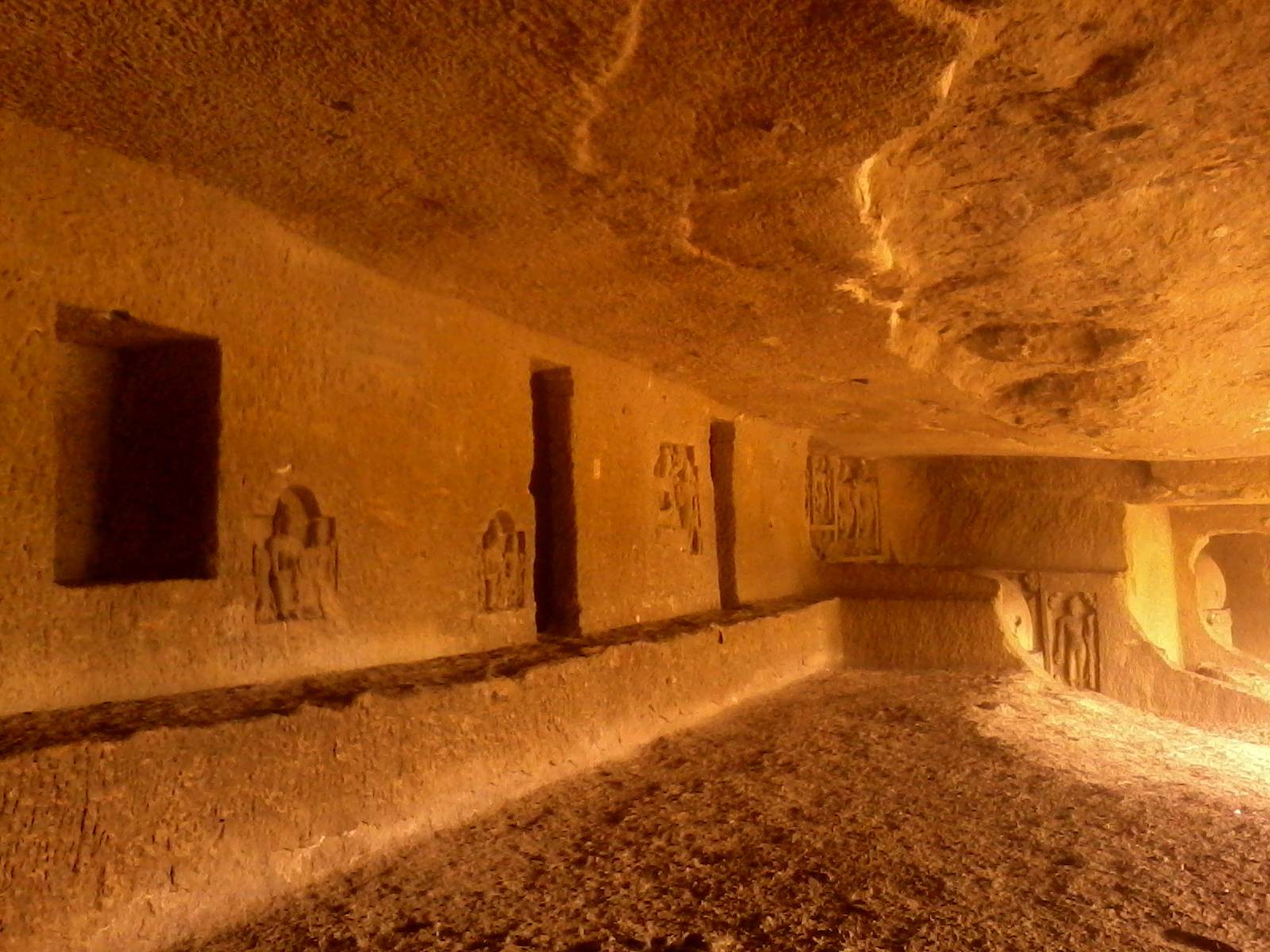
Theories and Interpretations
The Kanheri Caves have been the subject of various theories and interpretations over the years. Scholars believe that the caves were used for educational and religious purposes, as evidenced by the numerous inscriptions and the presence of stupas and chaityas.
Some mysteries surround the caves, such as the exact rituals performed there and the lives of the monks who inhabited them. The caves’ intricate artwork and inscriptions have been matched to historical records, providing insights into the spread of Buddhism in India.
Dating of the Kanheri Caves has been carried out through stylistic analysis of the art and inscriptions. The use of comparative chronology with other Buddhist sites has also been instrumental in establishing the timeline of the caves’ construction and use.
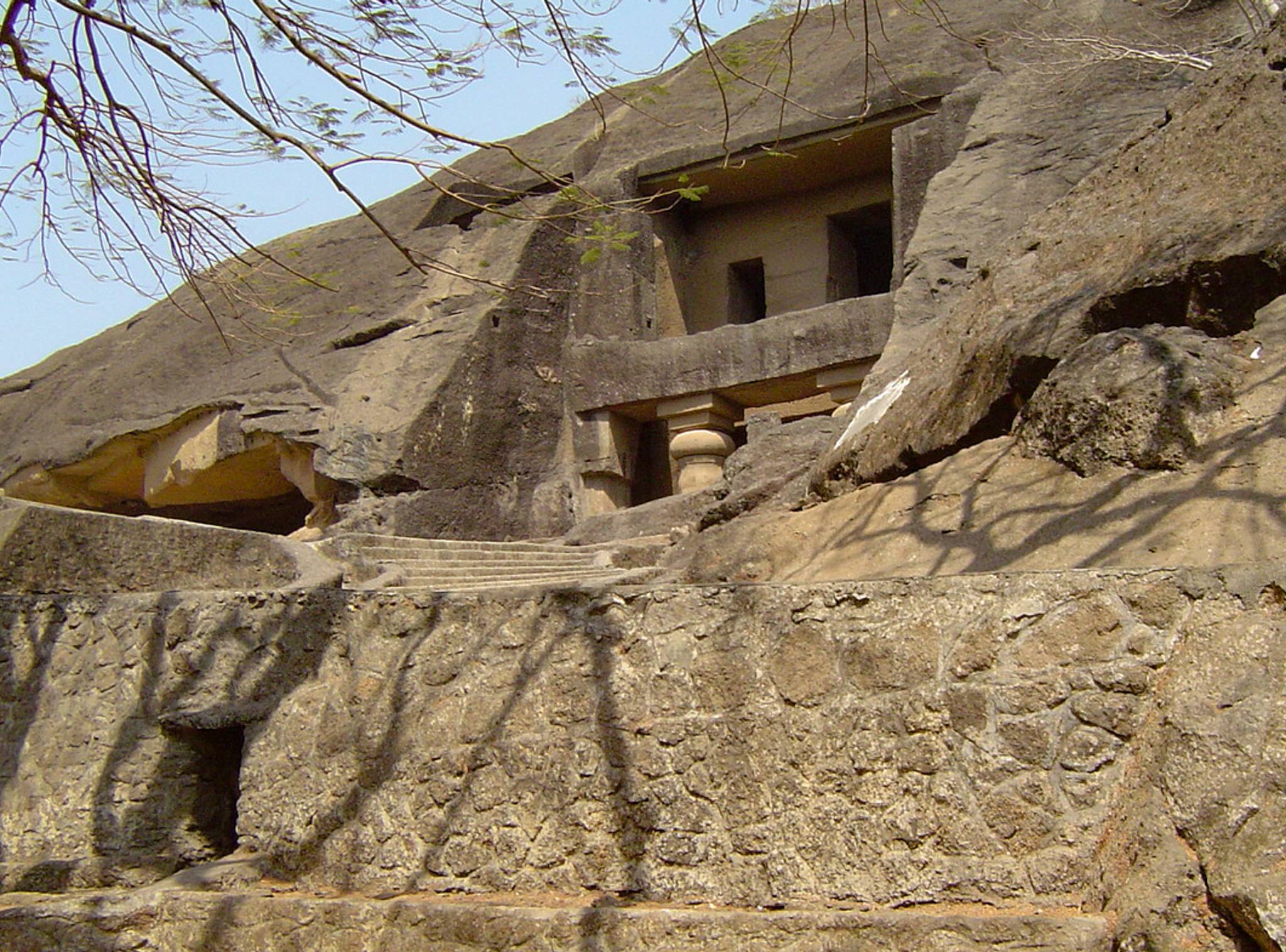
The transition from Hinayana to Mahayana Buddhism is evident in the architectural and artistic changes within the caves. This shift reflects the evolving religious practices and beliefs of the time.
The Kanheri Caves continue to be a subject of study, with ongoing research shedding light on the complex history and cultural significance of this ancient site.
At a glance
Country: India
Civilization: Various Dynasties including the Traikutaka dynasty and the Karddamaka dynasty
Age: 1st century BCE to 10th century CE

